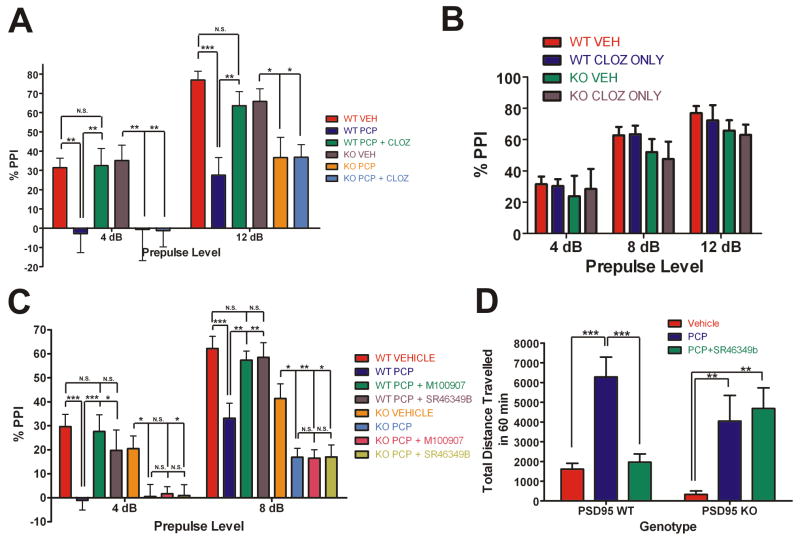Figure 8. The antipsychotic-like efficacy of atypical antipsychotics is lost in PSD-95null mice.
At the 2 prepulses shown, 4 and 12 dB, PCP significantly disrupted PPI in PSD- 95wildtype and PSD-95null mice. In PSD-95wildtype mice, clozapine pre-treatment normalized the disruption of PPI by PCP at both 4 and 12 dB (N=6 littermate pairs). In contrast, in PSD-95null mice, clozapine had no antipsychotic-like effect. (B) PPI after treatment with clozapine alone (N=6 littermate pairs). 0.5 mg/kg clozapine had no effect on PPI in comparison to vehicle. (C) PPI in PSD-95wildtype and PSD-95null mice after injection of vehicle, 6.0 mg/kg PCP, 0.5 mg/kg M100907 + 6.0 mg/kg PCP, or 1.0 mg/kg SR46349B + 6.0 mg/kg PCP. PCP significantly disrupted PPI in PSD-95wildtype and PSD-95null mice at 4 and 8 dB (N=12). In PSD-95wildtype mice, M100907 or SR46349B pre-treatment normalized the disruption of PPI by PCP at 4 and 8 dB, whereas in PSD-95null mice, they had no antipsychotic-like effect. (D) Locomotion after vehicle, 6.0 mg/kg PCP, and 1.0 mg/kg SR46349B + 6.0 mg/kg PCP in PSD-95wildtype and PSD-95null mice (N=12). SR46349B normalizes PCP-induced hyperlocomotion in PSD-95wildtype mice only. Data are given as means +/- the SEM. *p < .05, **p < .01, ***p < .001; Two-way repeated measures ANOVA followed by Bonferroni post-tests.

